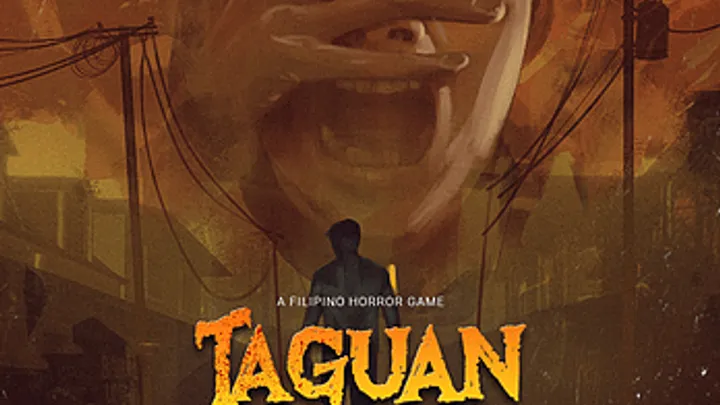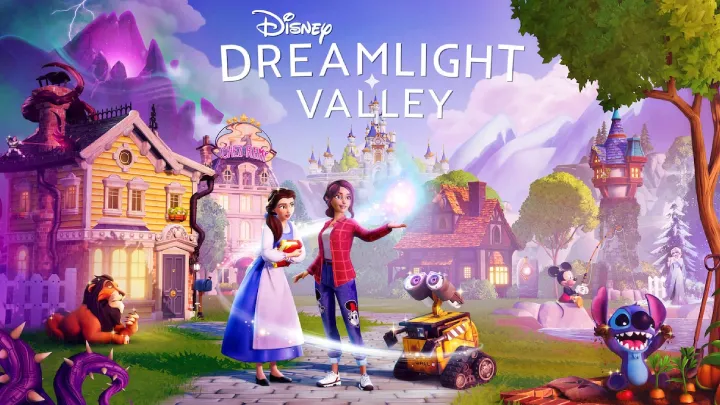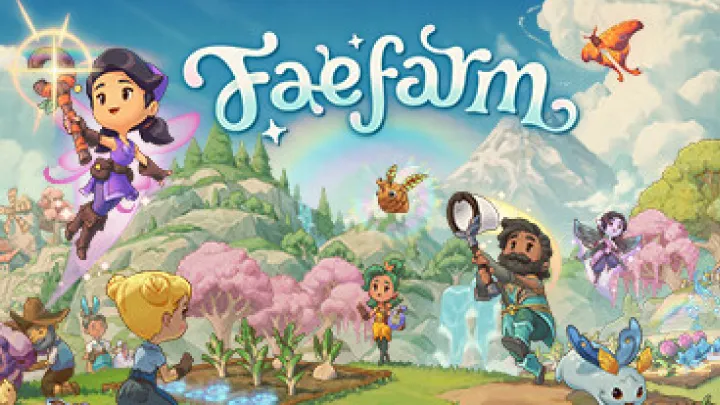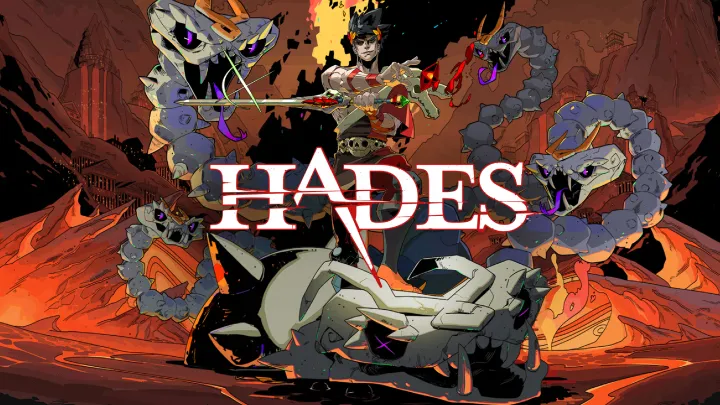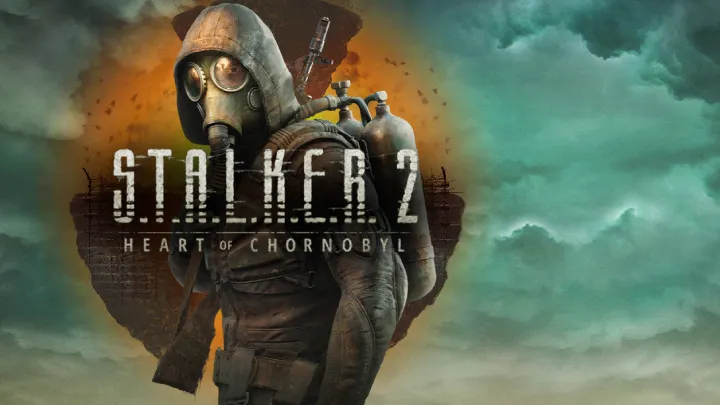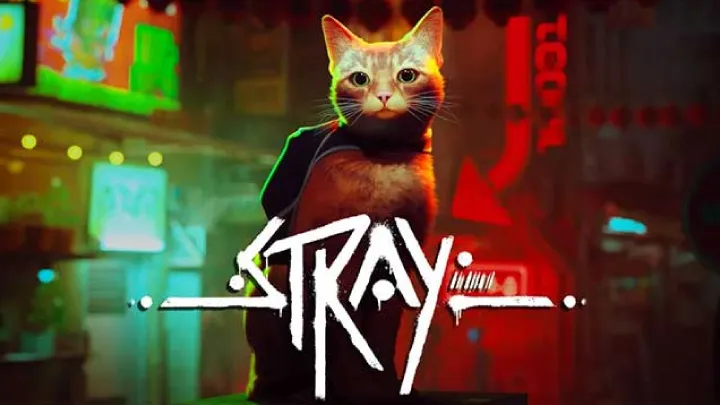
Introduction
Stray, developed by BlueTwelve Studio, offers players a unique perspective through the eyes of a stray cat navigating a futuristic, dystopian city inhabited by robots. While the game captivates players with its beautiful environments and engaging gameplay mechanics, it also raises profound questions about loneliness, connection, and the search for companionship in an increasingly isolating world. This article delves deep into the themes of loneliness experienced in Stray, the relationships formed between the cat and the various characters, and how these interactions reflect broader human emotions and experiences.
The Setting: A City Abandoned by Humanity
A Desolate Environment
Stray transports players to a cyberpunk city where remnants of humanity's presence linger but are overshadowed by robotic inhabitants. This setting provides an immediate sense of isolation, as the once-thriving human world is now a shell where technology has replaced human interaction. The aesthetic of crumbling infrastructure and neon lights creates a serene yet haunting atmosphere, perfect for introspection.
The cat’s journey through this city symbolizes a search for belonging in a place where the natural order has been disrupted. Players are thrust into a world that feels empty, not just in terms of physical presence but also in emotional resonance. The absence of humans profoundly contributes to the overarching theme of loneliness, making the player acutely aware of the cat's predicament.
Emphasizing Urban Isolation
As players guide the cat through the winding alleyways, rooftops, and abandoned structures, the game paints a vivid picture of urban isolation. The robotic characters, while quirky and often amusing, serve as echoes of humanity, lacking the depth of emotional connection that humans would typically provide. This contrast amplifies the feelings of detachment, emphasizing that the city is not just a landscape but a character shaped by its history and current inhabitants.
The juxtaposition of the cat’s natural instincts and the alien robotic ecosystem it finds itself in raises questions about adaptation and survival. The cat is not just navigating a physical environment but also grappling with the emotional ramifications of living in a place where connection has deteriorated.
The Cat's Journey: A Quest for Connection
The Initial Quest
From the outset, the stray cat’s primary motivation is simple: to reunite with its family after becoming separated. This quest for familial connection forms the emotional core of the game. As players control the cat, their actions are driven by a desire to explore the environment, gather resources, and interact with various characters.
The cat’s initial interactions with the robotic residents reflect a mix of curiosity and wariness. Although the robots are programmed for various tasks, their inability to relate to the feline protagonist commits to the overall theme of loneliness. Players witness this communication gap as they navigate the environment, highlighting the disconnect between the cat’s need for companionship and the robots’ lack of emotional depth.
Forming Bonds with B12
As the cat progresses, it encounters a small drone named B12, who becomes both a companion and a guide. B12’s role is crucial, as it provides the cat with the ability to interact with the robotic inhabitants more effectively and translates their communication. This relationship emphasizes the importance of connection, illustrating how partnerships can emerge—even in the most unexpected forms.
The Emotional Depth of B12
- Background: B12 reveals itself to be one of the last remnants of humanity, having retained some memories and emotions from its creators. As the cat connects with B12, the emotional narrative deepens, allowing for exploration of themes like loss, memory, and companionship.
- Growth of Trust: The relationship between the cat and B12 evolves from mutual necessity to genuine friendship. Players experience moments of vulnerability, such as when B12 shares its memories, prompting reflection on the nature of companionship and the importance of trust.
This budding connection between the cat and B12 highlights the innate desire for understanding and kinship, accentuating the cat's loneliness and yearning for connection in a world filled with robotic counterparts.
Encounters with Robot Inhabitants
The Varied Personalities
Throughout the cat’s journey, players meet various robotic characters, each with unique functionalities and personalities, but they all share a common trait: emotional detachment from the world. While some robots are friendly and helpful, others display indifference or confusion, reinforcing the sense of alienation that permeates the city.
Key Robot Characters
- The Guardian: This large robot serves as both protector and enforcer, showcasing how the community has adapted to a world without humans. Its strict demeanor reflects a sense of duty but also a lack of empathy, reinforcing the emotional void.
- The Cantina Robots: A group of robots running a bar where players can engage in casual conversation. While they offer snippets of backstory and lore, their flat emotional responses highlight the absence of true connection.
The Absence of Emotional Reciprocity
The existential dilemmas faced by the robots further emphasize the theme of loneliness in Stray. For instance, many robots express confusion or curiosity about their roles in a world devoid of humans, leaving players questioning the purpose of their existence. This detachment mirrors the cat's own struggles, creating a parallel narrative about the search for meaning in life's connections.
Through these interactions, players encounter the stark realization that companionship is not solely rooted in physical presence but also in emotional engagement. The robots' inability to reciprocate genuine feelings accentuates the cat’s isolation, deepening the emotional landscape of the game.
Themes of Memory and Loss
B12’s Memories
B12 serves as a crucial link between the remnants of humanity and the cat's journey. As players progress, they discover snippets of B12's memories, which evoke themes of loss and nostalgia. This exploration of memory emphasizes the emotional weight carried by both the cat and B12, as they confront the absence of human connections and relationships.
The game effectively utilizes memory as a narrative device, allowing players to piece together the past of B12 while reflecting on their understanding of connection. B12's memories act as a bridge that connects the cat’s immediate need for companionship with the broader implications of what it means to lose one's home and loved ones.
The Weight of Loneliness
Through B12's recollections, Stray poignantly conveys the weight of loneliness. The player experiences moments of poignancy as B12 reflects on lost days, lost friendships, and the inevitable passage of time. Stray invites players to confront their definitions of companionship, showcasing that even artificial beings can experience profound loss.
This infusion of memory not only enhances the narrative depth but also aligns the themes of loss and longing with the player’s exploration of the city. The cat’s journey becomes a metaphor for the universal desire to seek out connections even in the face of despair.
The Role of Exploration as Emotional Expression
Navigating the Urban Landscape
Stray’s exploration mechanics are intricately woven into the emotional responses evoked by the game. As players guide the cat through the urban environment, each jump from rooftop to alley serves as an expression of freedom, juxtaposed against the moments of stillness when the cat contemplates its journey.
Each area of exploration—the industrial district, the sewers, and the citadel—unfolds distinct emotional landscapes. The sights, sounds, and interactions reflect a broader theme of searching for a place to belong, propelling players to engage more deeply with the game.
Emotional Rewards
The game rewards exploration not just visually, but emotionally. Each new discovery, whether it’s a hidden item or a story element, fosters a sense of accomplishment. Players feel a deeper connection to the cat’s journey as they uncover facets of the city’s lore and the characters’ backstories.
The emotional stakes rise when players realize that every corner of this world holds significance and potential for connection. By fostering an environment that prioritizes exploration, Stray effectively reflects the multifaceted nature of loneliness and the profound satisfaction of forming connections in a fragmented world.
The Climax: Confronting Loneliness
The Final Challenge
As players near the conclusion of Stray, they confront both the external challenges presented by the environment and the internal struggles related to loneliness and connection. The climax of the game forces an urgent reckoning with the relationships forged along the way, specifically the bond between the cat and B12.
The emotional weight of this moment serves as a culmination of the themes explored throughout the game. Players are left to ponder whether their efforts to connect have been worthwhile and how the bonds formed can withstand the impending challenges.
A Heartfelt Farewell
The poignant farewell between the cat and B12 encapsulates the core themes of Stray. As the characters reflect on the journey they’ve shared, players are reminded of the fragility of connections and the inevitability of change. This farewell does not merely signify the end of a chapter; it encapsulates the essence of the game—a refusal to allow loneliness to define one’s existence.
This heartfelt moment resonates powerfully with players, underlining the emotional connections formed throughout the game. Stray ultimately conveys that while loneliness may be an inherent part of life, connections—however transient—are what imbue existence with meaning.
Conclusion
Stray is far more than a simple adventure game; it is an exploration of loneliness and the profound connections that emerge in unexpected places. Through the eyes of a stray cat navigating a dystopian world, players are confronted with emotional realities that reflect their struggles and desires for companionship.
The game masterfully combines environmental storytelling, character development, and exploration mechanics to evoke a deep emotional response. By fostering a narrative that explores the nuances of loneliness, connection, and memory, Stray invites players to reflect on their experiences and the significance of relationships in their own lives.
Ultimately, Stray leaves players with a resonant message: while loneliness is an inherent part of existence, the bonds we form—however brief—remind us of our shared humanity, urging us to seek out connection even in the most desolate of circumstances.







